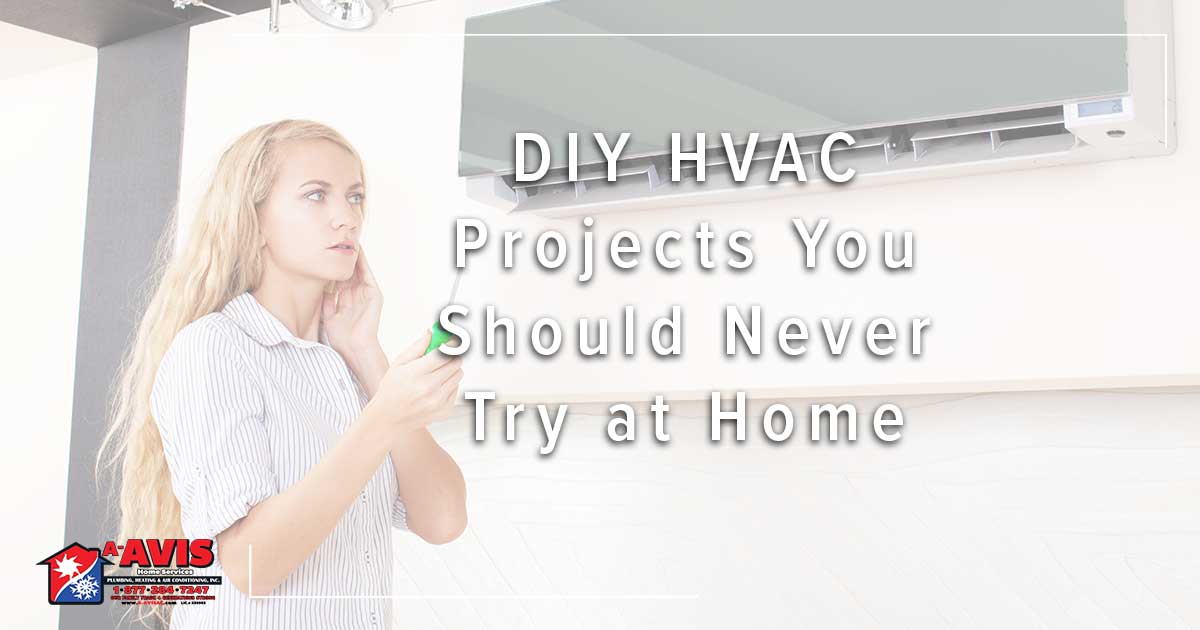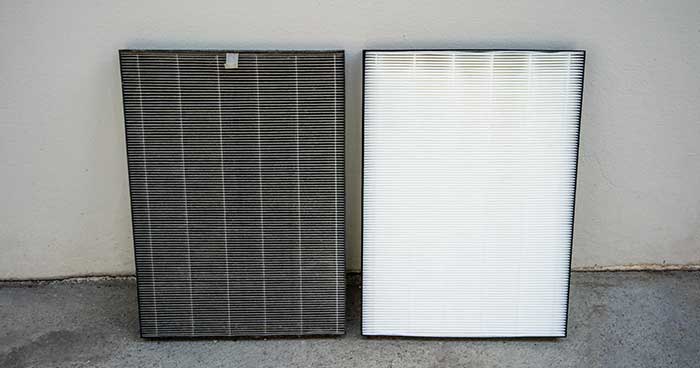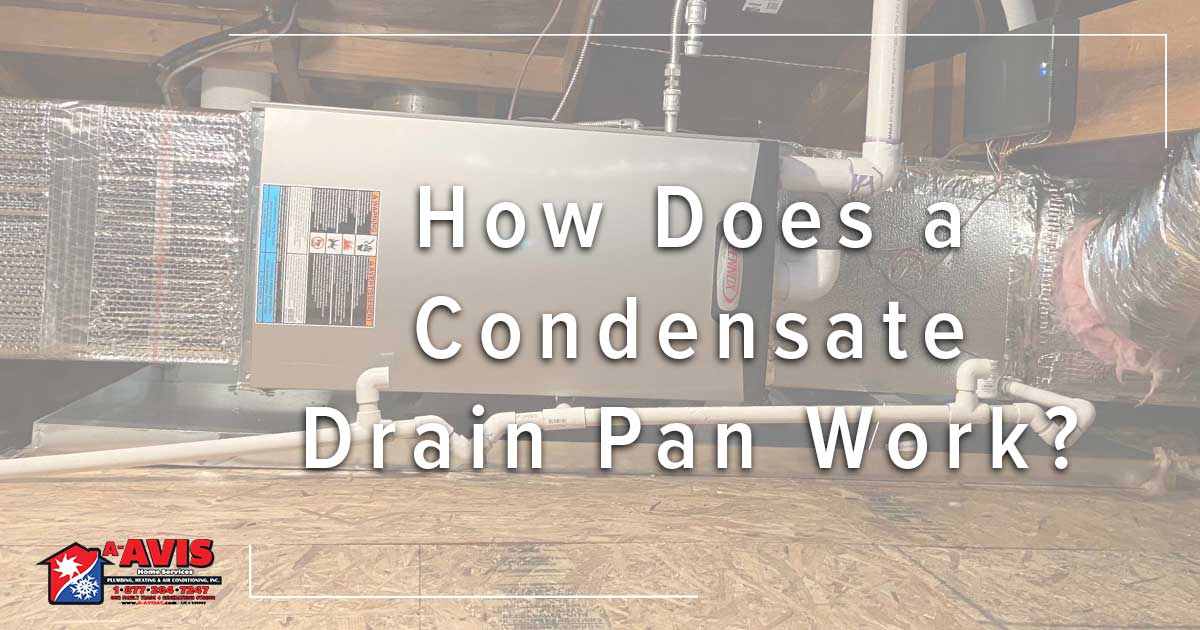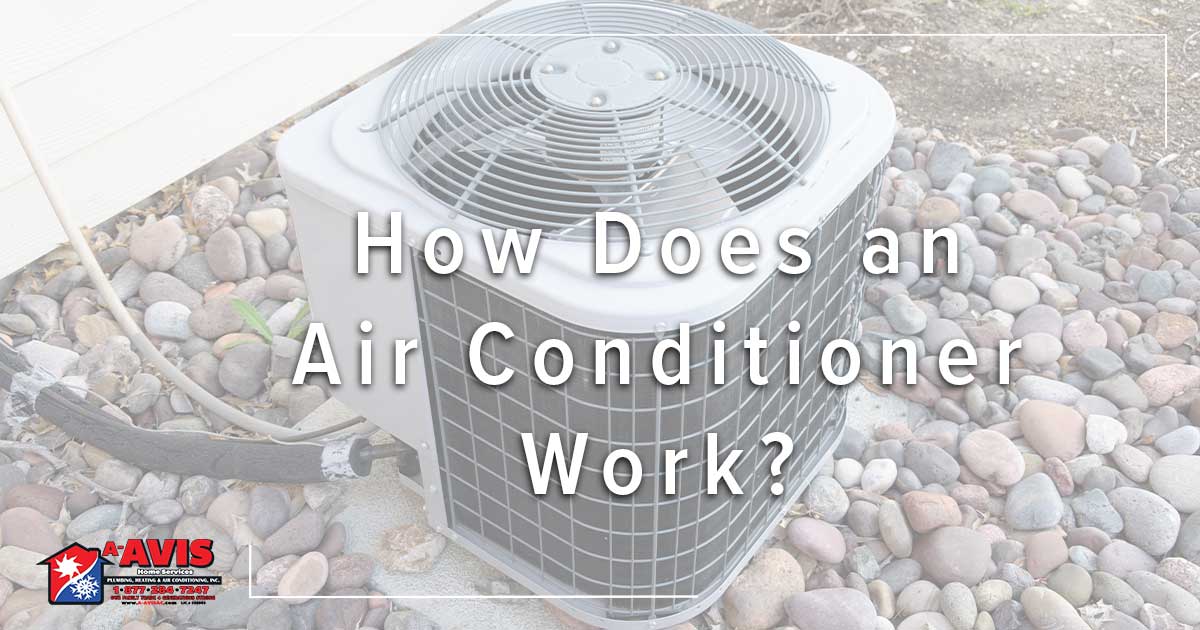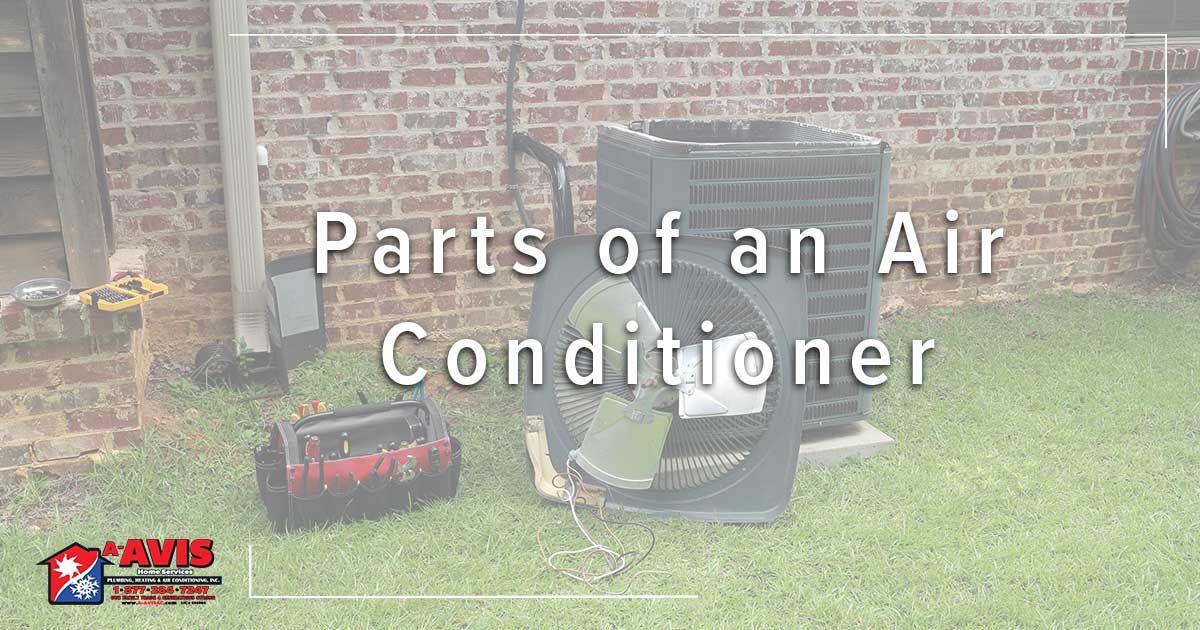When it comes to living in SoCal, earthquakes become a commonplace occurrence, not just a random act of nature. Seismic activity can do some serious damage to your home. This also includes any heavy equipment in your home, like a furnace and condenser. Here is what to expect and how to protect your HVAC from an earthquake in Southern California.
How an Earthquake Can Damage Your HVAC System
Most homeowners focus on how to protect the things inside their home from an earthquake. Many don’t even consider something like their HVAC system.
Here are the most common ways an earthquake in Southern California can hurt your HVAC:
- Movement – An earthquake can knock even the heaviest of all condensers off its concrete pad. During this movement, several things can break inside the unit. This includes the fan, fan motor, coils, and any electrical wiring. The same theory applies to your furnace. Even though its in your attic, it can move from its set location.
- Exterior Damage – Most exterior damage happens from debris falling onto the gas line, electrical wiring, or refrigerant line. It’s important to take exterior damage seriously because it could pose a health risk to you and your family.
What to Look for After an Earthquake in Southern California
No matter how big or how small the quake is, you need to check it out and assess the damage. Even small quakes can cause a significant break in a fuel or refrigerant line.
The first thing you should do is look at the outside of your unit. Are there any visible scrapes or dents? This could indicate that something fell on your system and damaged a part inside.
Now it’s time to check the water and condensate drain lines. You run the risk of major water damage if those lines are cracked or broken.
You’ll also want to look at any visible ductwork. Ducts are flexible metal tubes that are unfortunately a little delicate. Even with proper restraints and belting, the shaking can cause cracks and breaks.
Be Mindful of Potential Gas Leaks
Next, look at the gas line. This is perhaps the most important thing to look at. If you notice any visible damage to the gas line, immediately turn off the gas in your home.
Even the smallest of leaks can cause your home to fill with carbon monoxide. When your home filles with this noxious substance, it can have major health complications for your entire family.
Carbon monoxide is colorless and odorless. It cannot be detected with the naked eye. Instead, inspect the gas line for any cracks or tears and make sure the batteries in your carbon monoxide detector are up to date.
An Ounce of Prevention is Better Than a Pound of Cure
The good thing is that there are actions you can take to help minimize the likelihood of damage to your HVAC system. Some of our favorites are:
- Vibration Isolators – During earthquakes, condensers and furnaces experience the most damage from shaking. Vibration isolators are small springs that can be installed under the condenser. The springs absorb some of the vibration and shock so that it’s not all concentrated on your system. Vibration isolators can also be installed in the fan if your unit it large enough.
- Restraint Brackets – These are brackets that go on the corners of your condenser and furnace. They help absorb some of the shock of a quake and help support the vibration isolators.
- Flex-Line Piping – Oftentimes, the lines that transport gas and refrigerant are stiff. This makes it easier for them to break during a quake. Flex-line piping is a pipe insert that absorbs some of the shock from an earthquake. Just like the vibration isolators, this will help stop some of the damage caused by a quake.
Protect Your Home, Protect Yourself
While most homeowner’s policies cover HVAC damages after a storm, many don’t cover earthquakes.
When it’s time to renew your policy, take some time to go over your earthquake coverage options. Either ask your insurance agent if they can offer you any earthquake coverage or check out the California Department of Insurance.
There are three things you’ll want to look for in an earthquake insurance plan.
- Dwelling Coverage – This coverage is usually for your main house only but will cover your HVAC system and any damages made to the home itself.
- Personal Property Coverage – This coverage goes to any belongings in the home. Negotiate how much you can have covered with an insurance agent.
- Additional Living Expenses – If your home needs to undergo repairs and you need to rent a hotel, this clause will help pay for those expenses.
Need someone to look at your system after a quake? Call the experts at A-Avis.



